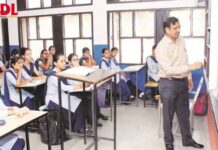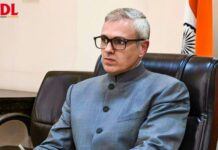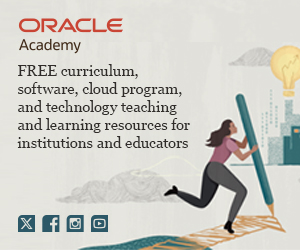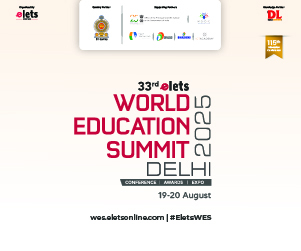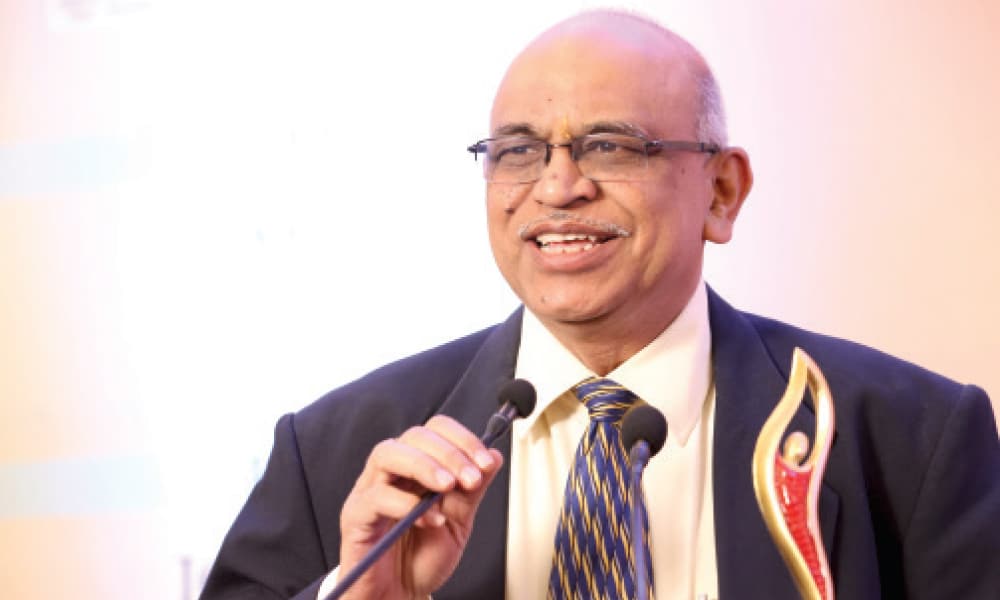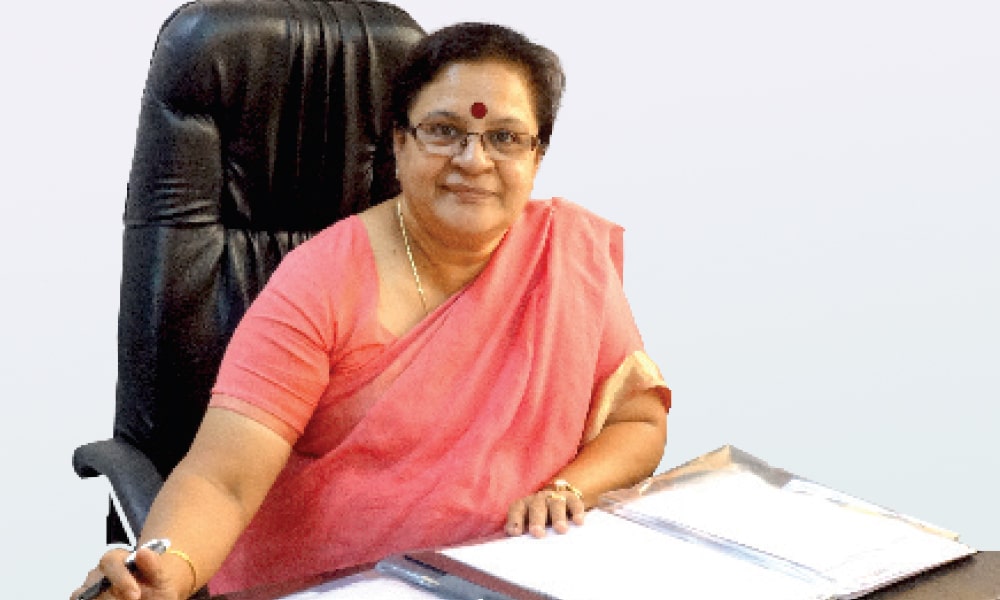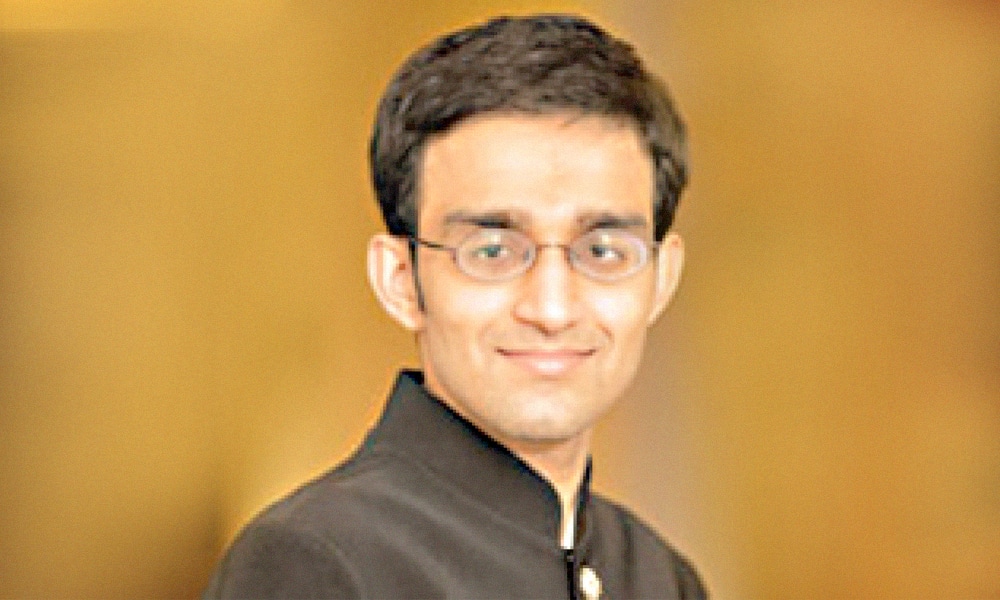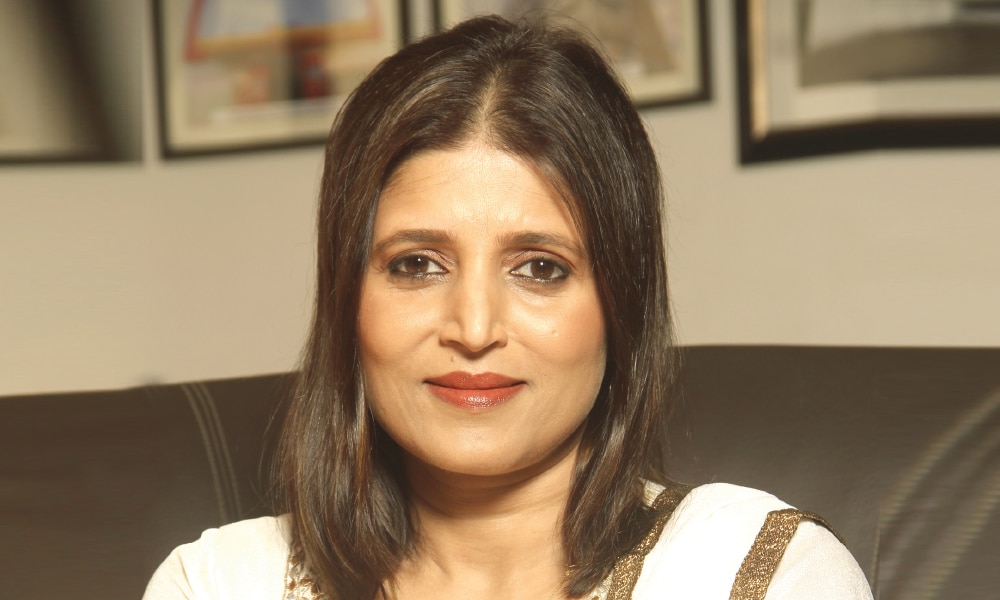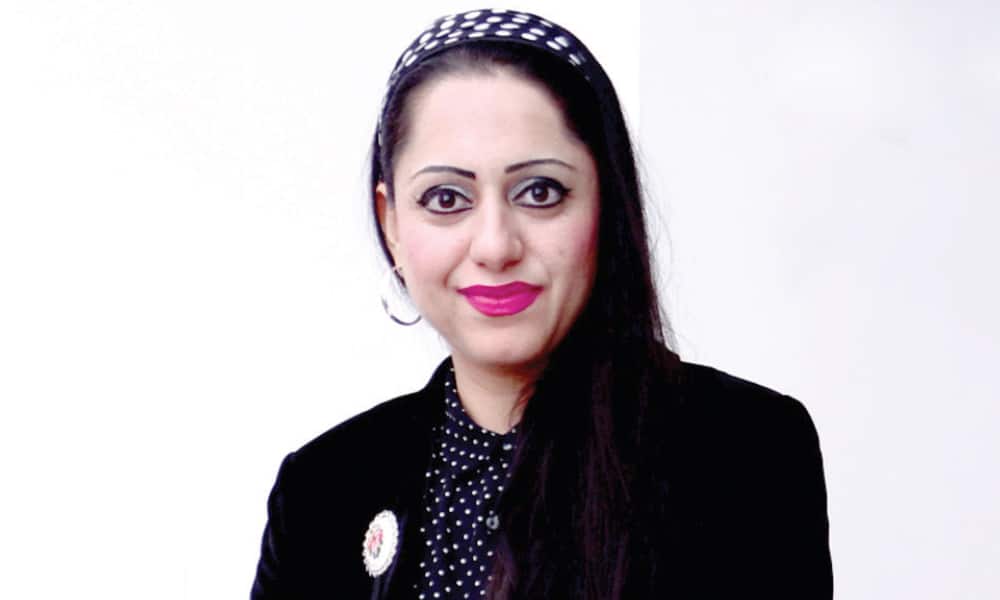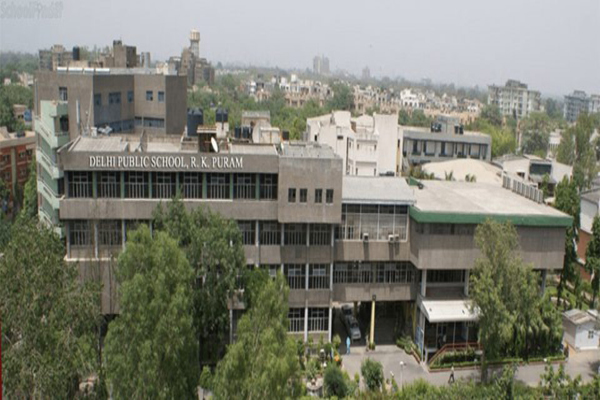Every year, the ritual of presenting the proposed expenditure pattern for public welfare across governance thematics are presented on the last day of February. While the major spending patterns catch the attention of one and all, the deeper drilling of the budget documents is seldom done beyond the official annals.
digitalLEARNING thought of diving deep and picking up some of the salient pointers and patterns from this cumbersome document which retains its most sought after status. Hope our readers would find this effort worthwhile and would find it thought provoking.
BENCHMARKING
Operating Costs of Educational Institutions
In an educational market, where the enterprise of education across the spectrum remains a not-for-profit t entity, it becomes imperative to note down the diversified spending benchmarks which the Government keeps itself for running its very own institutions.
`3.45 Crore is the cost of operating a Kendriya Vidyalaya
The 1100 odd Kendriya Vidyalayas teach somewhere to the tune of 11.21 lakh students and are allocated a budgetary support of `3795.47 crore. The cost of educating a single student thereby comes out to be `33,857.
`4.13 Crore is needed to run a Navodaya Vidyalaya
The government has allocated `2471 crore to run the 598 odd Navodaya Vidyalayas across the country.
`73 lakhs is the cost of running a school by Central Tibetan Schools Administration.
`151 Crore is needed on an average to run each of the Central Universities.
`55 Crore goes to the Government run/aided 25 Deemed to be Universities.
Public Spending on Higher Technical Education Follows a Geometric Progression
Interestingly, the various genres of Centrally Funded Technical Institutions (CFTIs) are laid out in a funding matrix which follows a kind of a geometric progression. Lowest in the precedence deck is the set of IIITs. If the public allocation of `267.50 is considered as the base X; the next cluster of institutions namely IISc/ IISERs having an allocation of `1142.52 qualify to fall in the 4X funding bracket. The next in the hierarchy the National Institutes of Technology (NITs) with their funding allocation of `2629.95 somewhere touches the 8X envelope and the top of the league the Indian Institutes of Technology (IIT) with their royal `4983.71 get into the 16X bracket.
In a nutshell the IIITs:IISERs:NITs:IITs follow a funding ratio of 1:4:8:16 which is nothing but the elementary geometric progression. Whether this was well thought through by the number crunchers at Shastri Bhawan or it simply fell into the natural pecking order, our analysts can’t speculate beyond.
`35 to 61 Crores needed to run a Specialised Institution of National Importance
While National Institute of Industrial Engineering, Mumbai receives a grant of `35 crore, the SLIET, NERIST, NIFFT and CIT Kokrajhar combo receives a collective provision of `244.58 crores making the average funding to the tune of `61 crores.
Digital India e-learning
Technology-enabled learning has become the hallmark of progressive and modern education at all levels. The extent of public spending made in this area paves the path for due technological adoption across layers and levels of the vast educational ecosystem. Interestingly, due to various reasons the spirit and mechanisms of leveraging the benefit of technology are largely absent in the government blueprint for this scale. It would certainly be a lost opportunity in ushering the era of Good Governance across Indian Academia.
School Education misses Digital India Bandwagon
Can the ambitious mandate of educating the billion plus nation be effectively accomplished by a meagre budgetary allocation of `1.5 Crore towards Digital India e-learning initiative in the school domain as mentioned in Section 9 of the Notes on Demand (51) for Grants, 2016-17?
It’s another matter that the same head in the Notes on Demand (52) for Grants, 2016-17 concerning Higher Education adds up a total of `552 crore, which has a major component reserved for the National Mission in Education through ICT carrying an allocation to the tune of `200 crore.
Was there a real need to put this marginal component under the ambit of Digital India e-learning?
Duplicity of Heads & Clutter of Objectives in the allocation of `552 odd crores
The sub-heads under the head range from as broad as National Mission in Education through ICT and setting up of virtual classrooms and MOOCs with an allocation of `200 crores and `75 crores, respectively.
Interestingly, there is no mention of the ambitious satellite learning programme CEC under the aegis of UGC, which was set up with similar objectives. The handsome amount of `4491.94 would be incorporating a significant sum to this vast establishment.
The 100 odd crores allocated to IGNOU could have been clubbed to create a seamless Open Learning Ecosystem.
e-Shodh Sindhu, National Digital Library and INDEST seem to be different names for a similar objective. The need for trifurcating the funds for a common goal is nowhere pressed upon.
POSITIONING & CLUSTERING OF BUDGETARY HEADS
The delineation of the various budgetary heads exhibit the top level understanding of the direction of the department at large. At places, the same seems to have missed the right mark signalling a significant deficit of direction which eventually translates into lesser than expected outcomes. Here are some of those which have somewhere missed the shot.
Statistical & Public Information System divorced from Planning & Administration: `15 crore allocated under Strengthening of Statistical & Public Information System, head number 6.04 ends mention under the Digital India e-learning component, while there is a separate Head No. 14 namely Planning, Administration & Global Engagement which receives a handsome amount of `109.59 aimed to fund the operations of NUEPA, NIRF, Governance and Accreditation Systems, etc. Statistics & Public Information System remains an integral part of Planning & Administration.
Reduced importance of Global Engagement
At a time when the entire focus of Government of India is to attract foreign investors to Make in India, Global Engagement at MHRD has been relegated to a pariah status. It has simply been clubbed with the routine head of Planning, Administration & Global Engagement. Also putting the Planning, Administration & Global Engagement on number 14 in the precedence order and juxtaposed between IIITs and Assistance to various institutions say a lot about the understanding matrix at Shastri Bhawan.
AICTE Fails to make its Relevance Felt Out
Despite being the apex statutory body mandated to undertake the proper planning and coordinated development of the technical education system throughout the country, it finds mention under the Assistance to Other institutions Head as 15.03. It could have been a part and parcel under Planning, Administration Head sitting alongside NUEPA and other key planning thematics at the helm of India’s Higher Education shouldering the burden of some 10,000 technical institutions across the country.
The Legacy of Copyright Management rests with MHRD
While the entire regime of managing and monitoring Intellectual Property Rights rests with the Ministry of Commerce & Industry, the budgetary allocation and thereby the administrative control for the Copyright Board and Copyright Office rests with the MHRD along with the mandate of promoting the same.
Setting up of Inter-Institutional Centres, Creation of Excellence Clusters & Network, Establishing Alliances across Institutions
This dominant head no. 17.02 under Demand note 52 gets a whopping sum of `1 crore. Positing it under Research & Innovation makes it all the more interesting. What would be accomplished out of this paltry allocation remains to be seen.
 TRIVIA – Secretarial Expense of Higher Education is 16 times higher than the School Education
TRIVIA – Secretarial Expense of Higher Education is 16 times higher than the School Education
The Department of School Education and Literacy has got a total budgetary allocation to the tune of `43,554 of which a mere `7.42 crores has been allocated to Secretariat-Social Services.
On the other side, Department of Higher Education has got a budgetary allocation of `28,840 crores of which it consumes a whopping `95.99 crore as Secretariat – Social Services.
What makes this striking difference is to be investigated and inquired but this is certainly a major striking aspect hidden in the new lines of the budget document. The cost of administering Department of Higher Education is 16 times higher than that of Department of School Education & Literacy.
One-third of Literacy Budget goes in feeding the Students
9700 crore is spent on Mid-Day Meals while Sarva Shiksha Abhiyan gets `22,500 crore
Skill Development Retains its footprints in MHRD
Despite having a sprawling Ministry of Skill Development, `164.86 would be spent under the aegis of MHRD. This component and the corresponding administrative assets could have been moved to the newly constituted ministry.
Dwarfed down National Initiatives with a paltry allocation of `1-2 crore
The raison d’être of according the title of national initiatives while allocating a paltry sum to the tune of `1-2 crore looks interesting. What would this amount accomplish in the domains of National Initiatives on Sports & Wellness, National Initiative on Inclusion of Persons with Disabilities in Higher Education and national Initiative to Foster Social Responsibility? These National Initiatives could have otherwise been merged with their corresponding line ministries for an effective utilisation.
Research & Innovation at par with the Initiative for Excellence in Humanities and Social Sciences
The quantum of funds allocated for the specific purpose of driving Research & Innovation falls in the same order as that of striking excellence in the domain of Humanities and Social Sciences. While the former gets an allocation to the tune of `236 crores, the latter bags a booty of a little less than `270 crore.
National Research Professors
Surprisingly, there is an interesting scheme at MHRD which intends to develop a cadre of National Research Professors within a budgetary allocation of `1.3 crore. Since when this allocation got into and why this continues would remain an interesting ask.
Grants for Book Promotion Activities & Voluntary Agencies in `2 lakhs
A magic operational formula should be existing at the Ministry which facilitates the Grants for Book Promotion Activities through Voluntary Agencies. Item 3.09 in Demand 52 really looks astonishingly striking.
Housewife’s Budget: `1 lakh of Other Items
Item 3.16 allocates `1 lakh for Other Items. This certainly calls for a serious review.
Eating into the mandate of Ministry of Culture & Home
Languages are certainly a way of bonding and uniting a nation state. They are an integral part of culture as well. However, should the promotion of Indian Languages be a mandate under MHRD whose core focus need to be learning and research in language which probably is being covered under the huge budgetary allocations to the institutions of higher learning.
Shouldn’t this be bifurcated within the Ministry of Culture & Home? A handsome amount of `432.78 crore compounded with that of `57.30 crore grant to National Book Trust for book promotion would help the budgetary allocation of Ministry of Culture touch the 3000 crore mark.
Research & Innovation Focus @ MHRD
While a whopping amount of `30,000 crore has been allocated to line ministries (DST, DBT, DSIR, DAE, DoS etc) dealing with first-hand research & development in specific areas, MHRD’s share to the tune of `236 crores under that head looks strikingly insufficient. Neither it takes up the mandate of a particular area of research, which is domain specific, nor it creates a seamless framework for research assimilation and continuance.
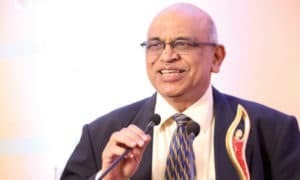 Prof O R S Rao
Prof O R S Rao
